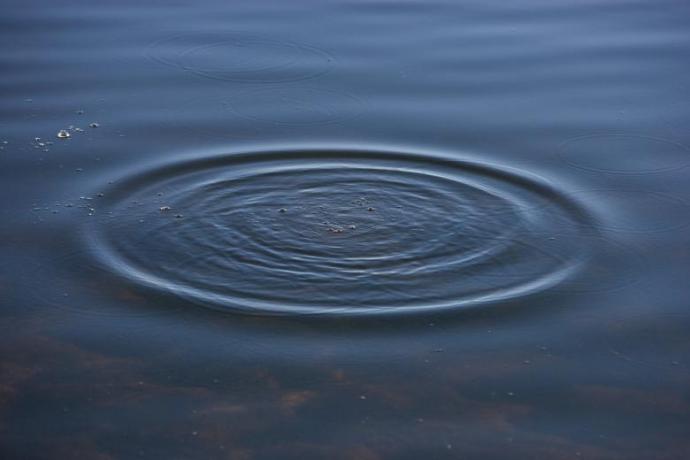We are all familiar with waves; from ripples on the surface of a pond to the swell of the ocean. A wave is just a regular vibration that travels through something, like air or water.
Sound is one type of wave. When someone speaks, the waves are made in their throat and travel out to the listener's ear. It is then the ear's job to change that wave in the air into a signal that can be understood by the brain. Sound waves need support - a medium - to travel.
The speed of a wave depends on what it travels through and on what type of wave it is. For example, sound waves travel at a speed of 340 metres per second in the air but much faster in water, at around 1500 metres per second.

Unlike sound, light waves can travel through nothing, like the vacuum of space. This means that the light coming from stars, and all other objects in space is able to reach us here on Earth.
Light waves travel really fast, at nearly 300,000 kilometres per second. There is nothing in the Universe which moves quicker than light. So even though the Sun is 150 million kilometres away, it only takes about 8 minutes for the light from it to reach us.
Every wave (e.g., light, water, or sound) has the following features:
- Wavelength, λ: The length of 1 whole wave (crest to crest, or trough to trough).
- Amplitude, A: The height of the wave. This is measured against the midpoint or half the distance from the lowest point (trough) to the highest (crest).
- Frequency, f: This is the number of waves which can be seen each second.

Imagine a cork floating in the sea. It will move up and down as each wave goes by. The distance between 2 crests of the wave, or 2 troughs, is the wavelength. The height the cork moves at the top of the wave is the amplitude. The number of times the cork goes up and down every second is the frequency. For a wave in the sea, this is going to be very low but some types of waves have much higher frequencies. Sound waves can vibrate hundreds or thousands of times every second. There is a simple relation between the frequency and the wavelength:
- wavelength = speed / frequency
Frequency is measured in the number of vibrations per second, also called Hertz. The wavelength is measured in metres (optical light is usually given in nanometres).
